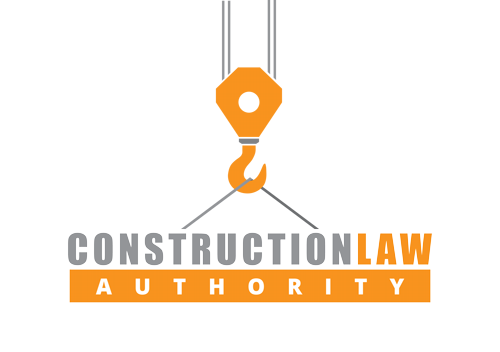Performance Bonds are Governed by their Terms
 On most construction projects involving performance bonds, the parties agree to the standard AIA performance bond, the closest thing the construction industry has to a standard bond. However, bonds are actually contracts and, like all contracts, can be modified or drafted to contain whatever provisions the parties agree to. It’s a great benefit to be able to tailor the terms of the bond to meet one’s desires, but great care should be taken to ensure you fully understand the rights and ramifications the bond language creates.
On most construction projects involving performance bonds, the parties agree to the standard AIA performance bond, the closest thing the construction industry has to a standard bond. However, bonds are actually contracts and, like all contracts, can be modified or drafted to contain whatever provisions the parties agree to. It’s a great benefit to be able to tailor the terms of the bond to meet one’s desires, but great care should be taken to ensure you fully understand the rights and ramifications the bond language creates.
Examples of benefits and pitfalls to which you should pay attention are:
1) Beneficiaries of the bond can be expanded beyond the owner (the typical beneficiary) to include the lender or other third parties;
2) The surety’s exposure can be expanded to include consequential or delay damages. This likely would require the bond to expressly provide coverage for these claims. It is difficult to argue for the surety’s liability based upon implication from the bond language.
3) Language in the bond stating that, after a claimant submits backup for its claim, the surety will respond within a set time frame will likely make the surety liable for the claim, whether contested or not, if the surety fails to timely respond.
4) Notice requirements and default procedures necessary for a claimant to perfect a claim against the bond can be spelled out within the bond language. If so, a claimant’s non-compliance could preclude a bond claim.
5) Incorporation of the underlying construction contract into the bond by reference, combined with language making the surety responsible to ensure completion of the contractor’s obligations under the contract, could make the surety liable for warranties whereas more focused bond language could restrict the scope of the bond’s protection to only the work needed to reach substantial or final completion.
There are many other examples of how the scope and procedures of a bond claim can be altered by the language the parties choose to include within the bond. The rule of thumb is to read the bond language carefully, consider all its consequences and, as a claimant, ensure you complied with all conditions to bringing a claim.


No Comments